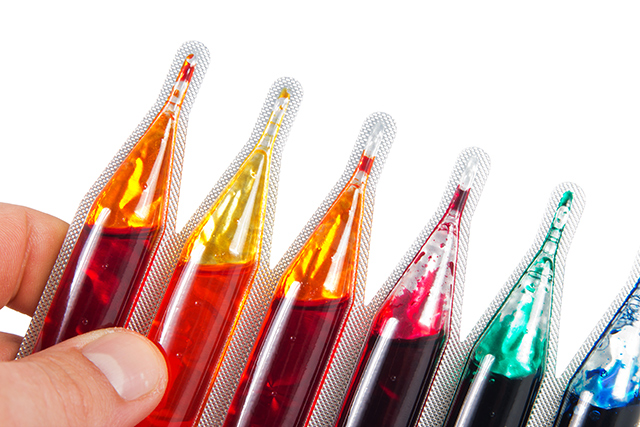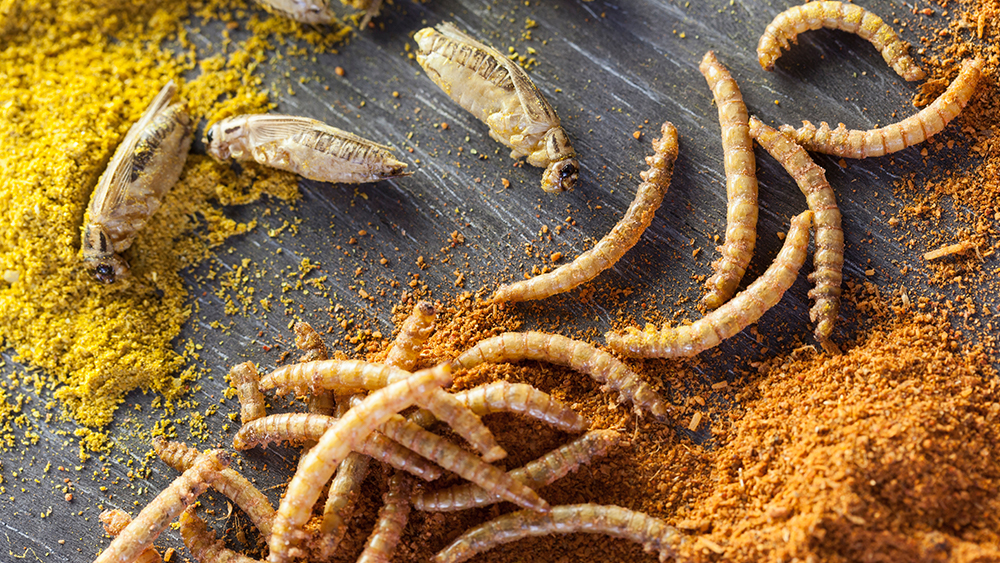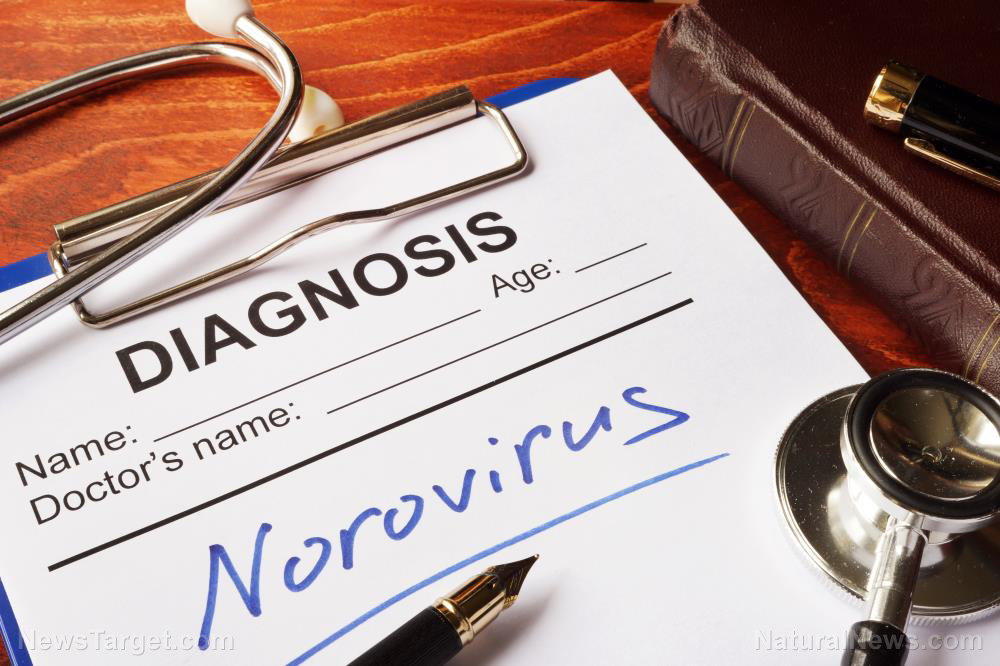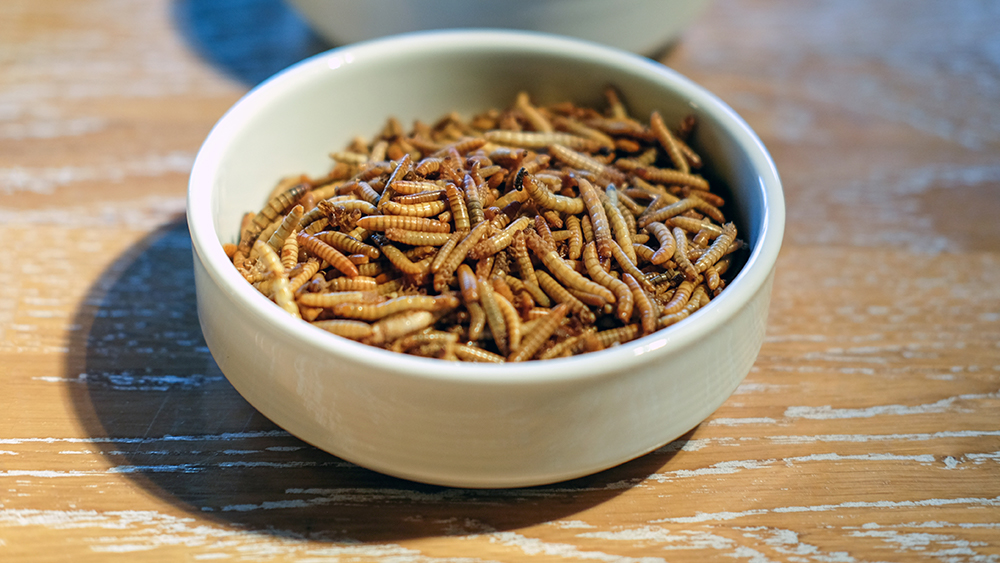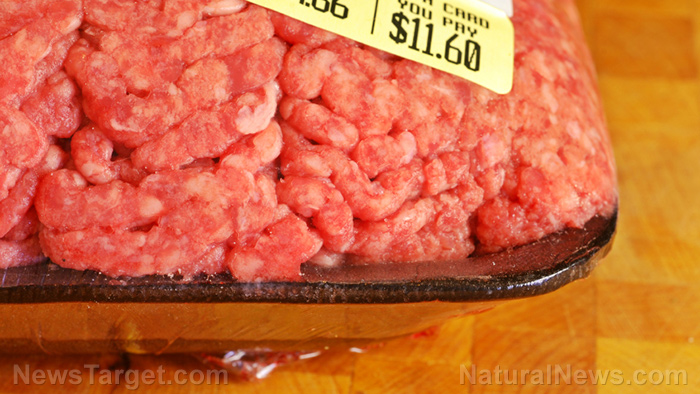Top 3 foods you’ll be surprised to find out are infused with ARTIFICIAL COLORS to boost sales
01/07/2019 / By S.D. Wells
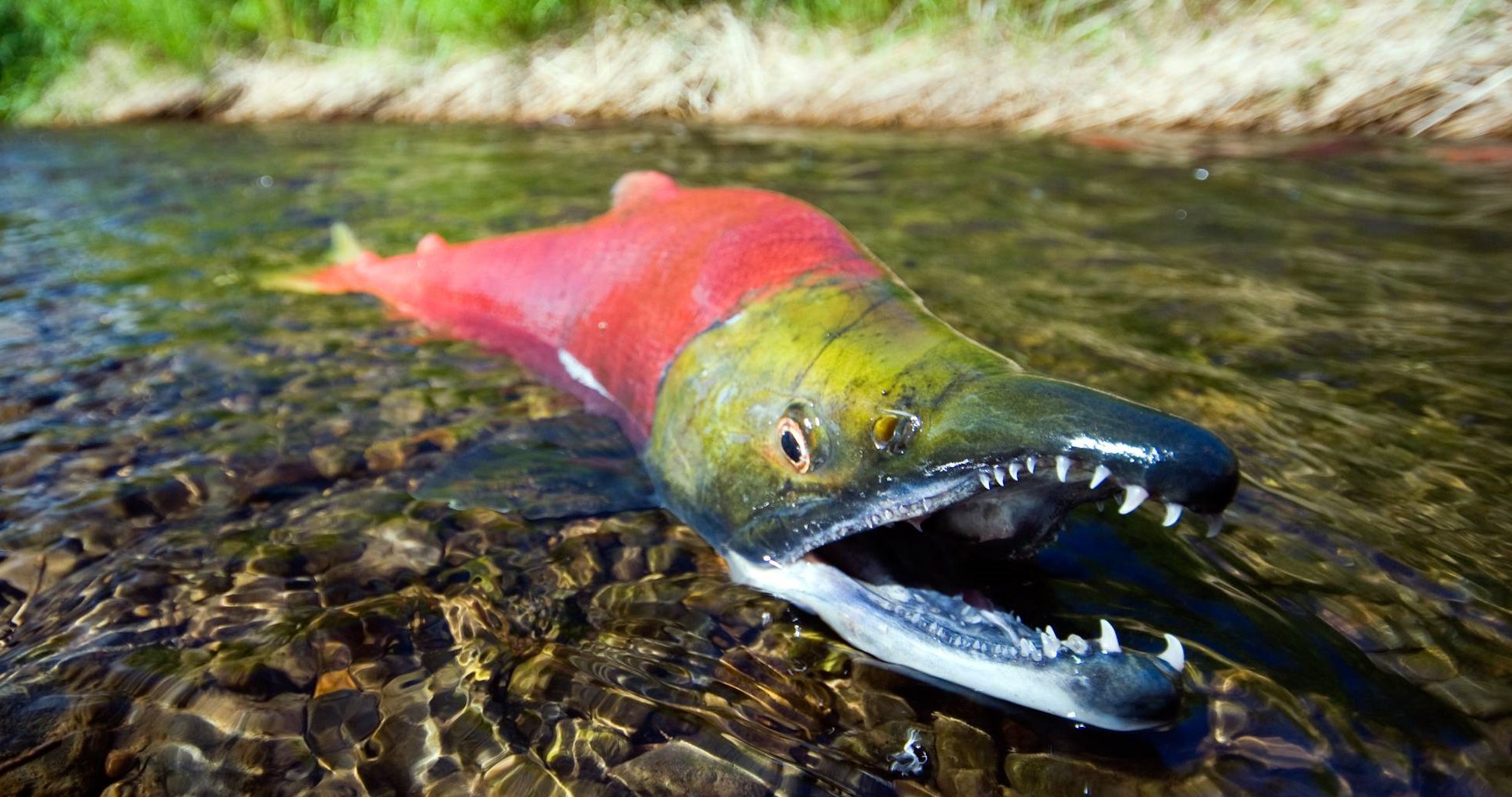
Natural food colors are super important to consumers when shopping for fresh food and quality food, so the richest companies and corporations in America create illusions to steal your hard-earned money and convince you to purchase aging, cheaper food at “quality pricing.” You’ve heard of Kellogg’s and McDonald’s right? These two companies are constantly trying to win over customers with their latest “health claims” – consumers who realize most of what these Big Food giants manufacture and sell is processed, genetically modified, and causes health decay.
The latest claim these junk-science giants propagate is that they will purge artificial coloring from their sales tricks, thus admitting to fraud and false advertising in the process. Did you know every burger at McDonald’s was artificially colored up until a few months ago? Yep. You probably also know that most kid’s cereals are jacked up with artificial coloring from petrochemicals, but we won’t bore you with all that old news. Let’s get to the fake, juicy stuff you probably don’t know about.
Bright pink flesh of salmon often an illusion created when farm-raised fish are fed synthetic astaxanthin
Sure, the FDA makes these false-advertisers label the salmon that are adulterated with false coloring with the tag-line “color added through feed,” but how many “hangry” (that’s hungry and angry) carnivores take the extra time to read the fine print on labels? Consumer eyes scan for bright pink salmon fillets and then it’s a grab and go. Throw it in the cart or hand basket and move on, right?
So what’s the problem if it’s labeled, you might be asking right now. There’s a big difference between natural astaxanthin and synthetic. Astaxanthin is a specific type of microalgae found in many supplements and multivitamins. Synthetic astaxanthin (S-AX) was tested against natural astaxanthin (N-AX) for antioxidant activity.
The natural kind eliminates free radicals and has been widely and safely used over the past decade as a human nutraceutical supplement, but the synthetic, adulterated S-AX form is synthesized from petrochemicals and has never been tested or demonstrated to be safe for human consumption. In fact, due to safety concerns with the use of S-AX, researchers recommend against its use until “long-term safety parameters” have been established.
Why do the big fish sellers risk using S-AX petrochemicals to colorize the pigment of their salmon? Because darker flesh runs up to $1.00 more per pound when displayed side by side with the lighter colored salmon, according to animal feed manufacturers. That’s a huge profit margin that would easily compensate any troublemakers who might sue them down the road.
Petrochemicals are manufactured from gas and crude oil. Humans should never ingest petrochemicals. Byproducts of petrochemicals, including dioxin, are known to cause endocrine disruption and cancer.
Tuna steaks are often gassed with carbon monoxide to maintain that bright red hue and keep them from turning brown
You will see all kinds of labels on tuna steaks meant to keep you from ever doing any research and finding out your expensive, top shelf fish is adulterated and tainted with a dangerous chemical that makes the sellers more money. By gassing that “fresh from the sea” flesh with carbon monoxide (which is toxic and odorless by the way), the meat can be shipped far away and be several days or even weeks old and you wouldn’t even know it.
If you love fish, you avoid that brown color because you know it’s not fresh. Still, the highly corrupt FDA says you’ve got nothing to worry about, because “gassing is safe” (yeah right), but they don’t want you to check with the safety practices of regulatory agencies in countries that actually care about their citizens’ health, like Japan, Canada, and the European Union, who have all banned the “gassing” of fish.
In case you were wondering, carbon monoxide interferes with your body’s ability to transport and use oxygen, especially in the brain, leading to hypoxia. Symptoms of gassed fish poisoning include headaches, nausea, dizziness and fatigue. Eat gassed fish regularly and your extreme fatigue and headaches graduate into confusion, memory loss, shortness of breath, chest pain, vomiting, blurred vision and loss of consciousness.
Some food companies use cell-mutating coal-tar-derivative dyes to keep pickle skins bright green
Pickles may be naturally green but not that crazy bright neon green you usually see in those jars on the shelf. You see, cucumber skins fade over time, and the big corporations don’t want to lose any money, so instead of simply using natural food coloring, like turmeric, they would rather save a few pennies while putting your health at risk, because let’s face it, have you ever heard of a company being sued because someone got cancer from their pickles?
Tartrazine, a synthetic lemon-yellow dye, is derived from coal tar, a petroleum product. You may know it by the label names of FD&C Yellow #5 or just Yellow 5. These lab-concocted artificial food dyes are linked to mutations in human cell DNA. Tartrazine causes many adverse health reactions, including urticaria (hives), angioedema (swelling of the lips, tongue, and throat), asthma, and atopic dermatitis (skin rashes).
Just buy organic food and quit whining about the cost, because the real cost of artificial food and fake colors is cancer, and that’s thousands of times more expensive than going organic. Tune into FoodScience.news for more information on natural food colorings that actually beat cancer, instead of those artificial ones that cause it.
Sources for this article include:
SeriouslySensitiveToPollution.org
Submit a correction >>
Tagged Under:
artificial coloring, bad fish, deception, fake color, fake food color, food coloring, food industry, food safety, food toxins, ingredients, petrochemicals, petroleum, toxic food color, toxic ingredients, toxic pickles
This article may contain statements that reflect the opinion of the author
RECENT NEWS & ARTICLES
CleanFoodWatch.com is a fact-based public education website published by Clean Food Watch Features, LLC.
All content copyright © 2018 by Clean Food Watch Features, LLC.
Contact Us with Tips or Corrections
All trademarks, registered trademarks and servicemarks mentioned on this site are the property of their respective owners.

